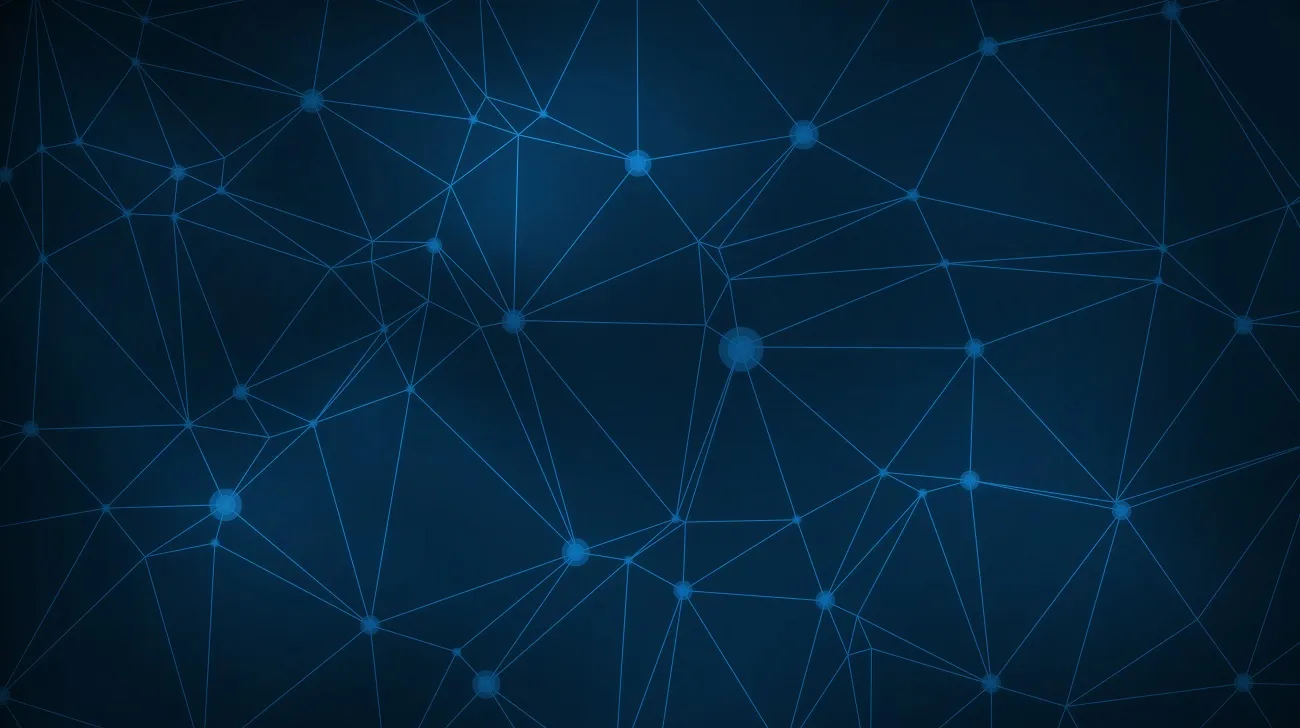Akamai’s Q4 2017 State of the Internet / Security Report found that botnet attacks, particularly distributed denial of service (DDOS) attacks, continue to rise in the U.S., increasing by 14 percent from this time last year. This type of cyberattack, which is a form of credential abuse, can have severe ramifications for businesses and internet users when their security and protection is compromised, and can cost businesses millions of dollars.
ISPs are committed to keeping internet users and their computers safe from a barrage of botnet threats, and many have invested in and implemented tools and measures in order to do so. When these threats hit their networks, cable providers send out notifications and alerts when known bots are detected on customer’s computers, and put a stop to communications with compromised servers. Through DDOS monitoring and mitigation systems, filtering techniques, the NIST Cybersecurity Framework–standards and best practices developed by NIST on how to manage cybersecurity-related risks–and next-generation technologies, ISPs are able to reduce the risks associated with botnet attacks.
But in order to effectively defend users from these threats and to eradicate these attacks, the entire internet ecosystem has to play a part. Manufacturers, software developers, service and edge providers and multiple other stakeholders need to collaborate in order to address these challenges. CableLabs and the cable industry are doing their part to provide security technologies that can be utilized throughout the internet ecosystem, including in Wi-Fi hotspots, and through thought leadership on security through contributing to leading technical groups like the Wi-Fi Alliance, the Internet Engineering Task Force, the Broadband Internet Technical Advisory Group, and the Messaging, Malware and Mobile Anti-Abuse Working Group.
For more information on what cable is working on to combat automated attacks and the industry’s proposal to other stakeholders in the internet ecosystem, see the white paper issued by the Communications Sector Coordinating Council and NCTA’s VP of Broadband Technology, Matt Tooley, who served as the principal author.









